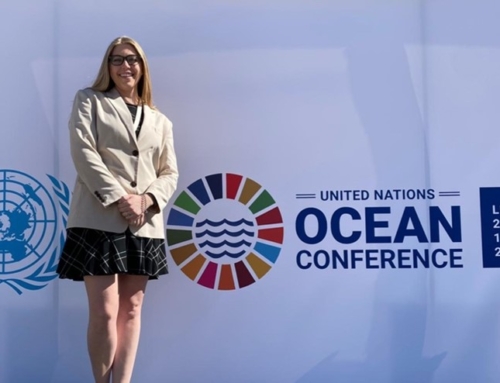Have you wondered what it is like to be a climate science researcher at Scripps Institution of Oceanography? Thirteen of our STAY COOL members had the opportunity to join Dr. Jeff Severinghaus for an in-depth tour of his laboratory and learn more about his work.
Dr. Severinghaus is a professor of geosciences in the Geosciences Research Division at Scripps Institution of Oceanography. His current research interests center on using trapped bubbles of gases contained in ice cores to track changes in ancient climate. Severinghaus’ team study historic temperatures at an ice core sites on the West Antarctic Ice Sheet and Greenland. He is the recipient of several awards, most recently, the 2011 Claire C. Patterson Medalist of the Geochemical Society, an award given annually for a breakthrough in environmental geochemistry.
The tour took place on Tuesday, September 10th. Participants learned the science behind how ice cores are used to measure greenhouse gas (GHG) concentrations hundreds of thousands of years ago. The ice bubbles are like a snapshot telling us what the atmospheric concentration of carbon was at the time the ice formed. Some of the ice cores contain air that was trapped more than 800,000 years ago. The isotope Carbon 13 helps us tell what the source of the carbon was (See Isotopes: Fingerprints in climate change).
We stepped inside a freezer which was very cold, small, and if you are prone to claustrophobia, very stressful! This area housed all the ice cores that are awaiting further analysis.
Dr. Severinghous remains hopeful about our ability to combat global climate change. He used the analogy to sewage treatment. In 1750, the British thought that installing sewage treatment would break the economy. As we know, it did not do that AND we could not imagine life without a treatment process for this waste. Carbon dioxide is also a waste, and economists know that mitigation and adaptation will not break the economy.
Funding is often a challenge for scientific research, and measuring carbon in ice cores is no exception. Dr. Severinhaus’s work is currently funded by the National Association of Scientists.



